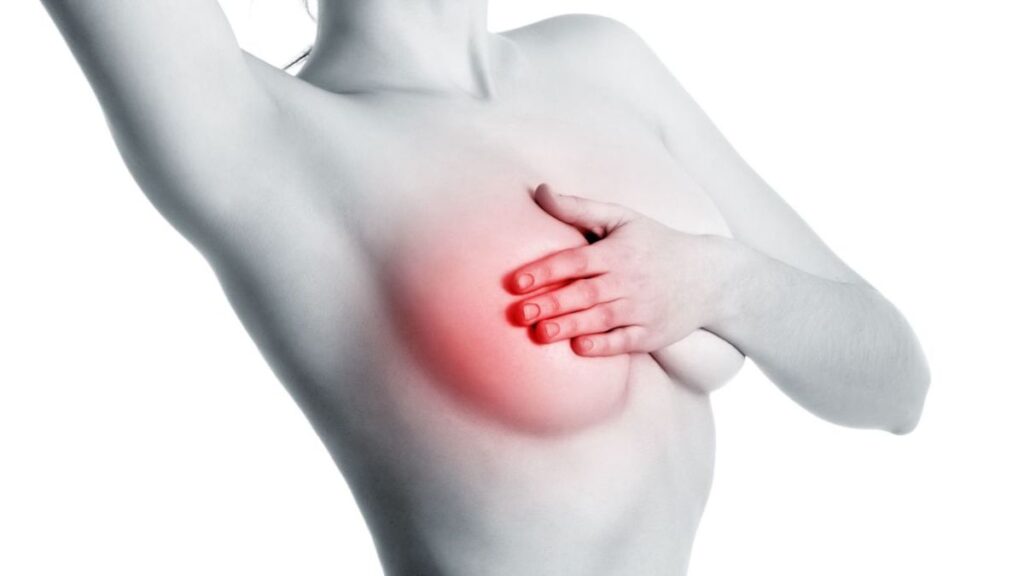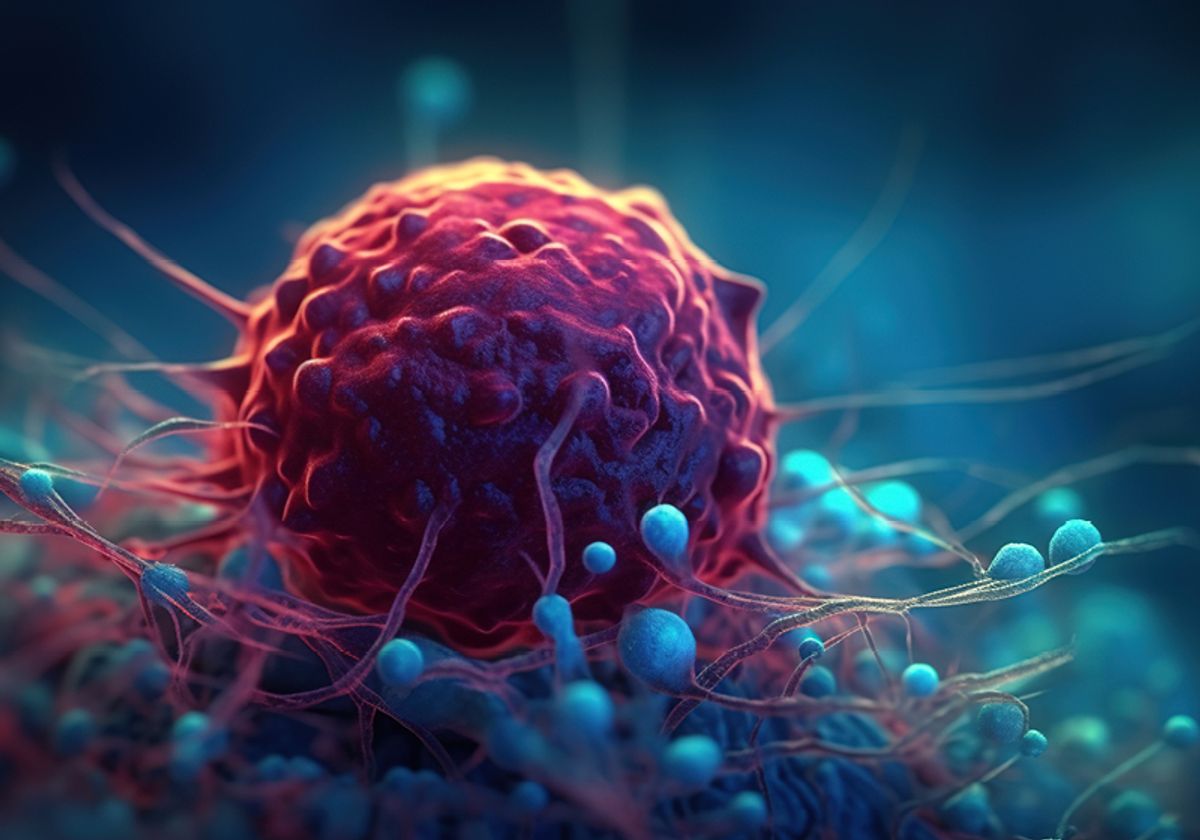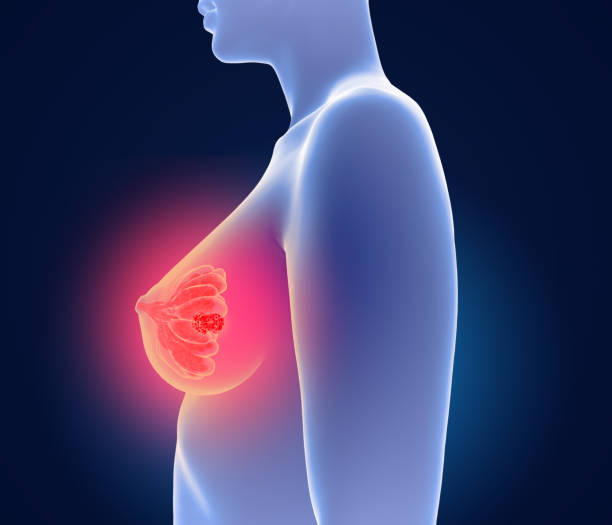
FightBreastCancer
Breast cancer is a complex and multifaceted disease that affects millions worldwide. It arises from the uncontrolled growth of cells in the breast tissue and can occur in both men and women, although it is far more common in women. This article aims to provide a comprehensive understanding of breast cancer, its types, risk factors, detection methods, treatment options, and the importance of ongoing research.
Read also;
Types of Breast Cancer
Breast cancer is classified into several types, primarily based on where the cancer originates:
- Ductal Carcinoma In Situ (DCIS): This is a non-invasive form of breast cancer where cells inside the ducts of the breast have changed but have not spread beyond the ducts.
- Invasive Ductal Carcinoma (IDC): This is the most common type of breast cancer, beginning in the ducts and invading surrounding breast tissue.
- Invasive Lobular Carcinoma (ILC): This cancer starts in the lobules, the glands that produce milk, and can also spread to nearby tissues.
- Triple-Negative Breast Cancer: A subtype that lacks three common receptors on the cancer cells, making it more challenging to treat.
- HER2-positive Breast Cancer: This type has higher levels of the HER2 protein, which promotes the growth of cancer cells.

Detection and Diagnosis
Early detection is vital for improving treatment outcomes. Common methods for detecting breast cancer include:
- Mammograms: X-ray imaging of the breast is the most effective screening tool.
- Breast Ultrasound: This imaging technique helps differentiate between solid tumors and fluid-filled cysts.
- Biopsy: A definitive diagnosis is often made through a biopsy, where a sample of breast tissue is examined for cancer cells.
Treatment Options
Treatment for breast cancer varies depending on the type and stage of the disease. Common treatment modalities include:
- Surgery: Options include lumpectomy (removing the tumor and some surrounding tissue) or mastectomy (removing one or both breasts).
- Radiation Therapy: This uses high-energy waves to target and destroy cancer cells, often used after surgery.
- Chemotherapy: Powerful drugs are used to kill rapidly dividing cells, typically administered before or after surgery.
- Targeted Therapy: This approach focuses on specific characteristics of cancer cells, such as HER2 status.
- Hormone Therapy: For hormone-receptor-positive cancers, medications can block hormones that fuel cancer growth.

The Role of Research
Ongoing research plays a pivotal role in advancing our understanding and treatment of breast cancer. Innovations include:
- Genetic Research: Identifying new genetic markers for better risk assessment and personalized treatment.
- Immunotherapy: Exploring ways to harness the immune system to fight cancer.
- Clinical Trials: Investigating new drugs and therapies to improve survival rates and quality of life for patients.
Breast cancer is a significant health concern for many, yet understanding its risk factors and taking proactive steps can empower individuals to enhance their resilience against the disease. This will explore the key aspects of breast cancer risk, strategies for empowerment, and the importance of community support in navigating this journey.
Understanding Breast Cancer Risk
1. Genetic Factors:
– Mutations in genes such as BRCA1 and BRCA2 can increase susceptibility. Genetic testing is available for individuals with a family history of breast cancer.
2. Age and Gender:
– The risk of developing breast cancer increases with age, particularly after 55. Women are at a higher risk than men, although men can also develop the disease.
3. Lifestyle Choices:
– Diet, physical activity, and alcohol consumption significantly impact breast cancer risk. A balanced diet rich in fruits, vegetables, and whole grains, along with regular exercise, can help reduce risk.
4. Hormonal Influences:
– Factors such as early menstruation, late menopause, and hormone replacement therapy can contribute to breast cancer risk. Understanding these factors can help individuals make informed health decisions.

Empowering Yourself
Empowerment involves taking active steps to reduce risk and enhance well-being. Here are some strategies:
1. Regular Screenings:
– Early detection is key. Women should begin annual mammograms at age 40 or earlier if they have risk factors. Self-exams can also help familiarize individuals with their breast health.
2. Healthy Lifestyle Choices:
– Nutrition: Incorporate a variety of nutrients into your diet. Antioxidants found in fruits and vegetables can support overall health.
– Exercise: Aim for at least 150 minutes of moderate aerobic activity each week. Exercise not only reduces cancer risk but also improves mental health.
– Limit Alcohol: Reducing alcohol intake can lower breast cancer risk. Aim for no more than one drink per day.
3. Stress Management:
– Practices such as yoga, meditation, and mindfulness can reduce stress, which may positively impact overall health. Managing stress is essential for emotional resilience.
4. Support Networks:
– Connecting with others, whether through support groups or community organizations, provides emotional support and shared experiences. Talking about fears and concerns can help alleviate feelings of isolation.
5. Education and Awareness:
– Staying informed about breast cancer developments, treatment options, and clinical trials can empower individuals to make educated decisions regarding their health.

The Importance of Community Support
Building a support network is vital in fostering resilience:
– Support Groups: Joining a local or online support group can provide a safe space to share experiences, learn from others, and gain emotional support.
– Advocacy Organizations: Engage with organizations that promote breast cancer awareness and research, such as the Susan G. Komen Foundation or the American Cancer Society. These organizations offer resources and opportunities for community involvement.
– Family and Friends: Cultivating open communication with loved ones can create a strong support system. Encourage discussions about health and wellness within your circle.
Conclusion
Breast cancer remains a significant health challenge globally, but increased awareness, education, and research are paving the way for better outcomes. Understanding the disease, recognizing risk factors, and participating in regular screenings can empower individuals to take proactive steps in their health. As research continues to evolve, there is hope for more effective treatments and, ultimately, a cure for breast cancer.
NB: Empowering oneself against breast cancer involves understanding the risks, making informed lifestyle choices, and building a supportive community. While the journey may be challenging, resilience can be cultivated through proactive measures and connection with others. Knowledge is a powerful tool, and by taking charge of one’s health, individuals can navigate the complexities of breast cancer with confidence and strength.
Call to Action
Stay informed and support breast cancer awareness initiatives in your community. Prioritize regular screenings, engage in healthy lifestyle choices and have conversations with healthcare providers to help you make a significant difference in early detection and successful treatment. Remember, you are not alone—reach out for support and empower yourself on this journey.
For featuring, advertising and content publication contact Xylose Magazine on WhatsApp – 0574170347 / Email – xylosemag@gmail.com


